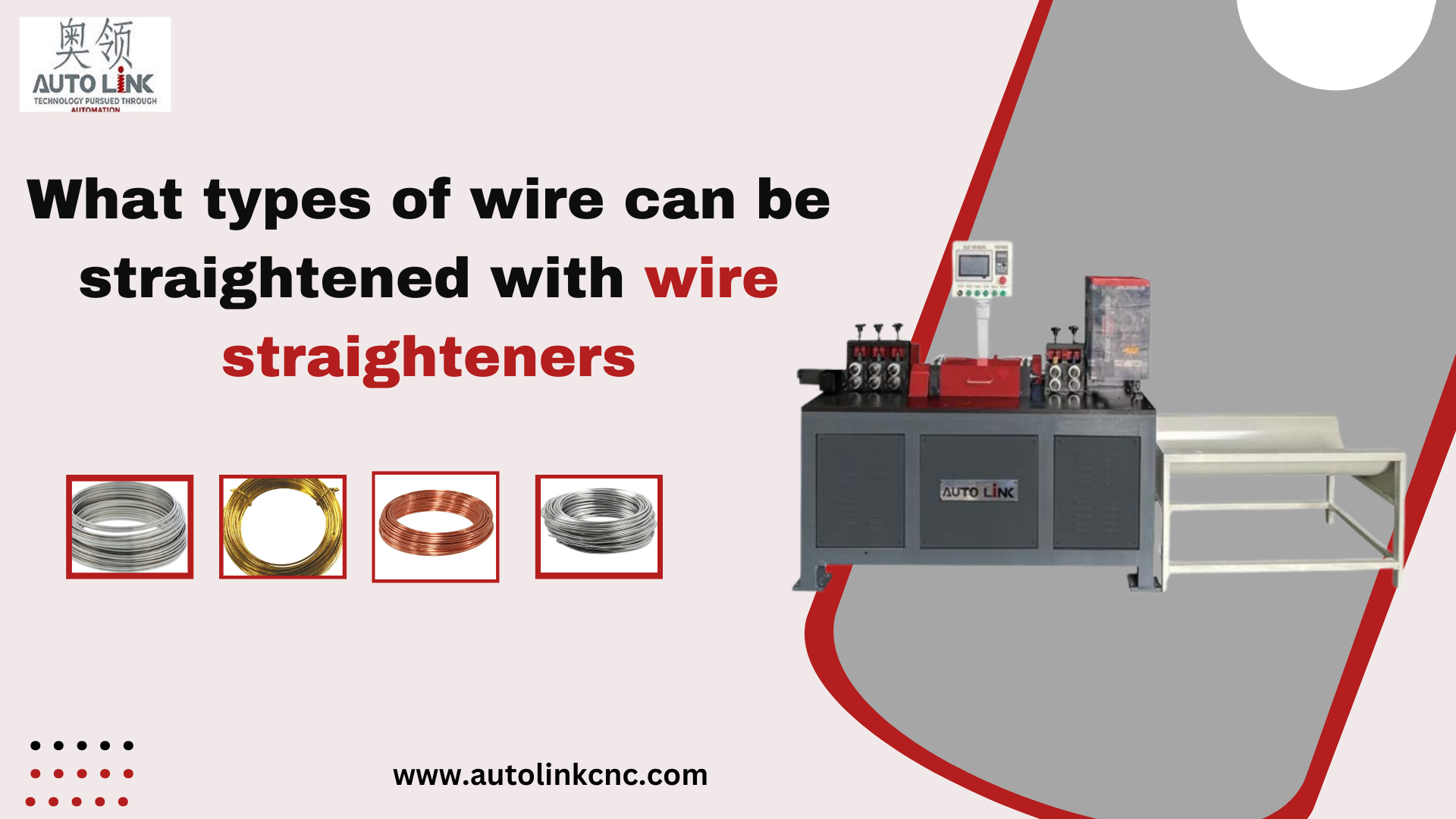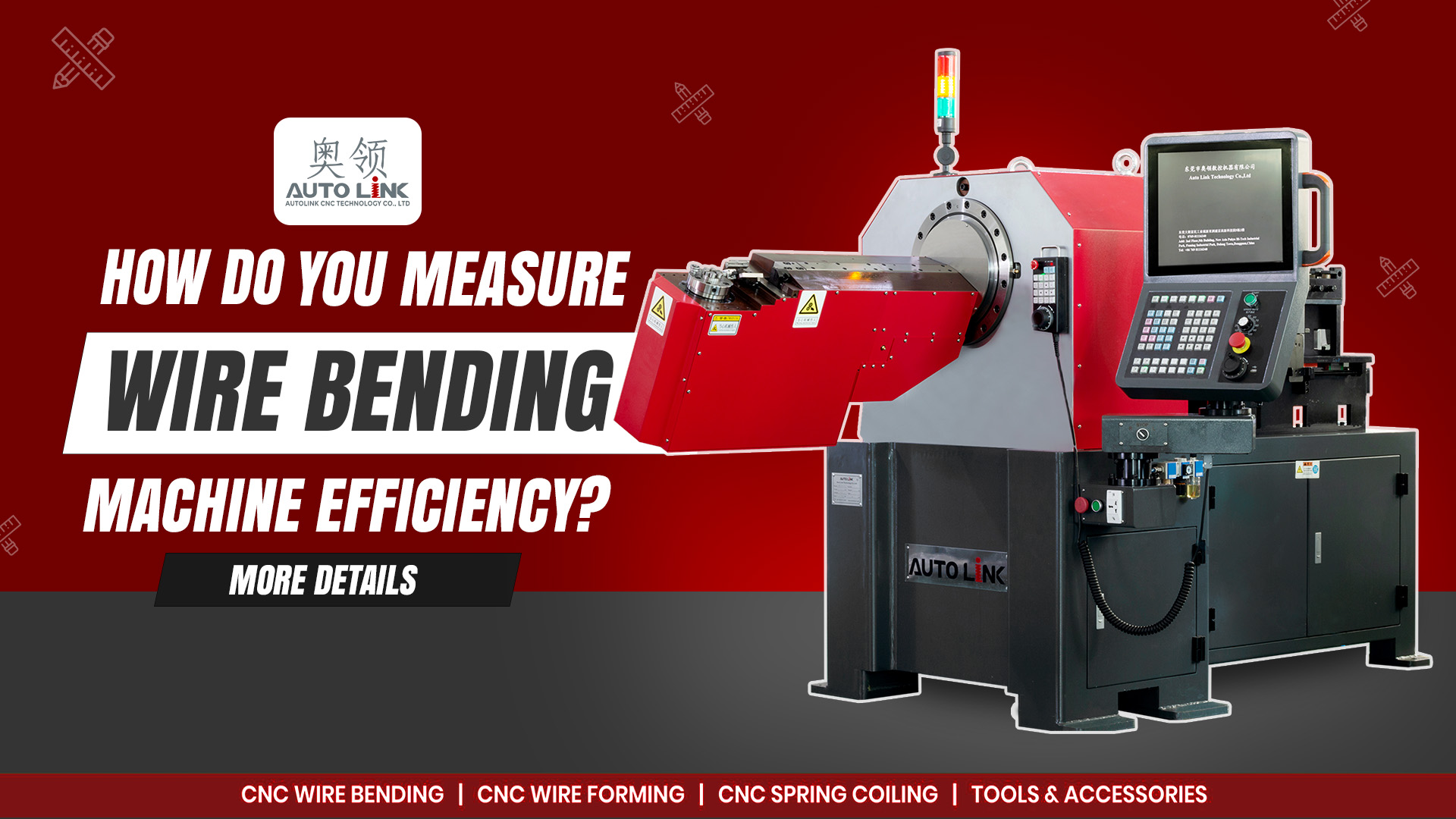Exploring the Differences Between Manual and CNC Wire Straightening and Cutting Machines
Wire straightening and cutting machines are essential tools in various industries where precision-cut wires are required for manufacturing processes. These machines come in two main types: manual and CNC (Computer Numerical Control). In this blog post, we will delve into the differences between these two types of machines and explore their respective advantages and disadvantages.
Manual Wire Straightening and Cutting Machines:
Manual wire straightening and cutting machines require human intervention for their operation. Operators feed the wire into the machine manually, adjust settings such as cutting length and speed, and guide the wire through the straightening and cutting processes. These machines are often equipped with basic controls that allow operators to make adjustments based on the wire's condition and the desired specifications of the end product.
Pros of Manual Machines:
1. Cost-effective: Manual machines are generally more affordable than CNC machines, making them a viable option for small-scale operations or businesses with budget constraints.
2. Flexibility: Operators have greater flexibility to adjust settings and make changes on the fly to accommodate different wire sizes and specifications.
3. Ease of use: Manual machines are relatively simple to operate and require minimal training for operators to get started.
Cons of Manual Machines:
1. Limited precision: Manual operation introduces the potential for human error, resulting in inconsistencies in wire straightening and cutting.
2. Lower productivity: Manual machines typically have slower processing speeds compared to CNC machines, leading to lower productivity and throughput.
3. Labor-intensive: Operating manual machines can be labor-intensive, requiring constant attention and physical effort from operators.
CNC Wire Straightening and Cutting Machines:
CNC wire straightening and cutting machines are automated systems controlled by computer software. Operators input the desired parameters and specifications into the CNC machine, and it executes the straightening and cutting processes autonomously. These machines are equipped with precision sensors and motors that ensure accurate and consistent results.
Pros of CNC Machines:
1. High precision: CNC machines offer superior precision and repeatability compared to manual machines, resulting in consistently high-quality wire products.
2. Increased productivity: CNC machines have higher processing speeds and can operate continuously without the need for frequent human intervention, leading to higher productivity levels.
3. Versatility: CNC machines can handle a wide range of wire sizes and specifications, making them suitable for various applications and industries.
Cons of CNC Machines:
1. Higher initial investment: CNC machines are typically more expensive to purchase and set up compared to manual machines, requiring a larger upfront investment.
2. Complexity: Operating CNC machines requires specialized training and knowledge of computer programming and machine operation.
3. Maintenance requirements: CNC machines may require regular maintenance and servicing to ensure optimal performance and longevity.
Both manual and CNC wire straightening and cutting machines have their own advantages and disadvantages, and the choice between the two depends on factors such as budget, production volume, and required precision. While manual machines offer affordability and flexibility, CNC machines excel in precision, productivity, and versatility. Ultimately, selecting the right type of machine is crucial for optimizing efficiency and achieving high-quality results in wire manufacturing processes.
We, AutolinkCNC provide CNC wire straightening and cutting machines which excel in precision, productivity, and versatility.






